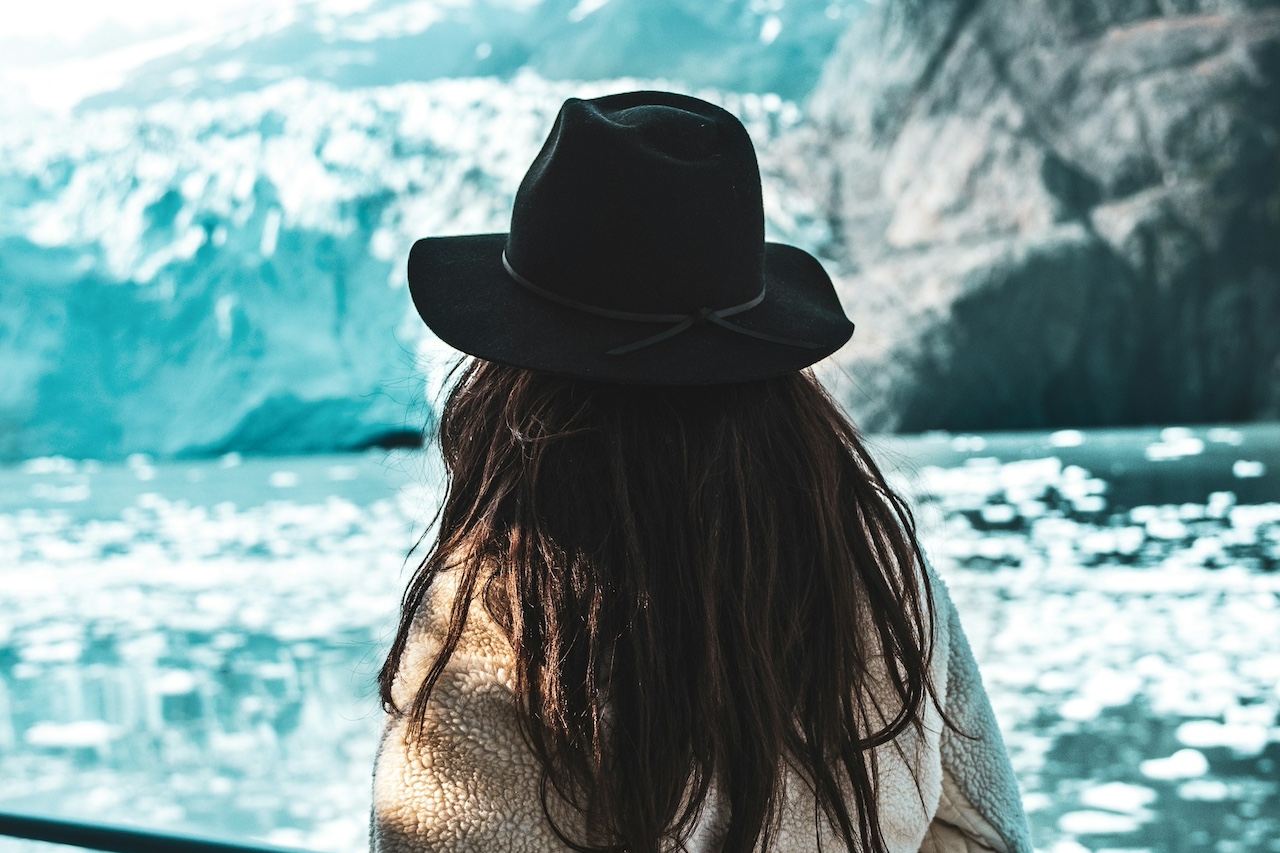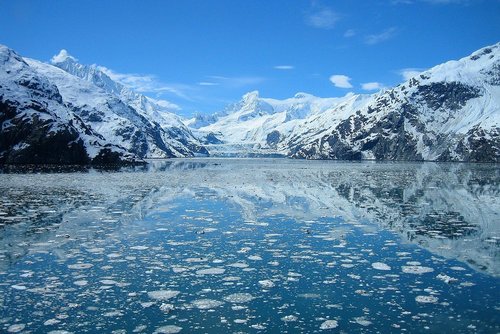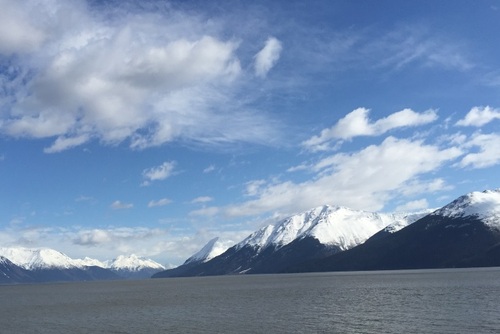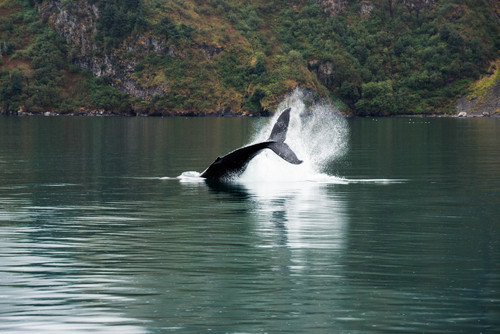Here are ten important things you need to know before traveling to Alaska.
1. Best Time to Visit
The best time to visit Alaska depends significantly on what you want to experience during your trip. For most travelers, the peak season is from mid-June to mid-September.
During this period, the weather is relatively mild, and most tourist services, including lodges, tours, and transportation options, are fully operational. This is also the time when wildlife is most active, and the landscape is at its greenest and most vibrant.
If you aim to see the Northern Lights, plan your trip for late September to April, when the nights are the longest and darkest. While winter travel can be more challenging due to cold temperatures and shorter days, the reward of witnessing the Aurora Borealis dancing across the sky can be well worth the effort. Additionally, winter offers opportunities for unique activities like dog sledding, ice fishing, and snowmobiling.
2. Weather Variability

Alaska's weather can be notoriously unpredictable, and it's not uncommon to experience all four seasons in a single day. Even in summer, temperatures can range from 60°F to 80°F (15°C to 27°C), but it can drop significantly in the evenings. Coastal regions, like Southeast Alaska, tend to be wetter, while the Interior can be warmer and drier.
In winter, temperatures can plunge below freezing, especially in the Interior and Arctic regions. It’s crucial to dress in layers, including a waterproof jacket and thermal undergarments, to stay comfortable. Always check the weather forecast regularly and be prepared for sudden changes. Packing a variety of clothing options ensures you're ready for any weather conditions you might encounter.
3. Wildlife Awareness
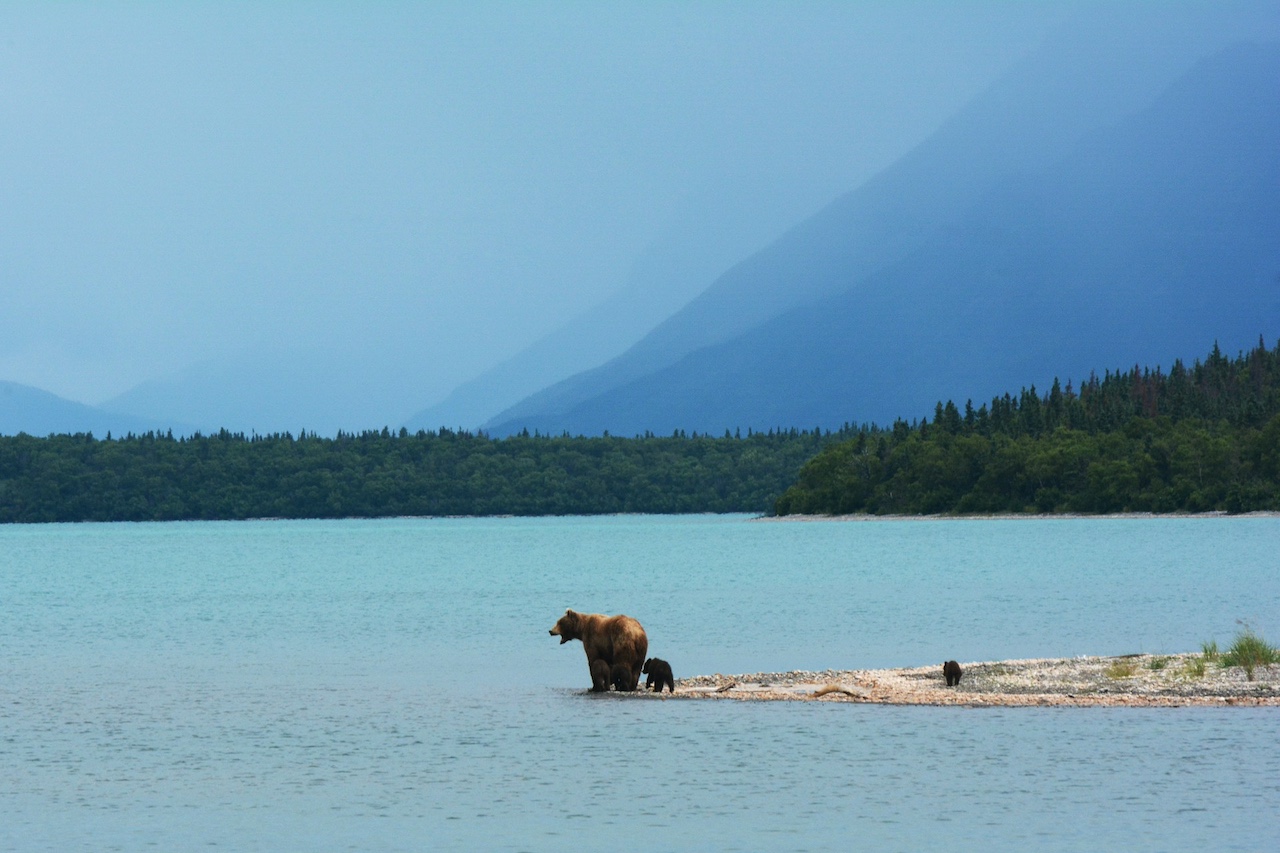
Alaska is home to a diverse array of wildlife, including bears, moose, wolves, and a variety of marine animals such as whales and sea otters. While wildlife sightings can be a highlight of your trip, it’s essential to respect these animals and keep a safe distance.
Familiarize yourself with wildlife safety guidelines, such as never feeding animals, making noise while hiking to avoid surprising them, and properly storing food when camping to prevent attracting bears.
Consider joining a guided wildlife tour led by experienced naturalists who can provide insight into the behavior of local animals and ensure a safe viewing experience. Whether you’re exploring national parks, such as Denali or Kenai Fjords, or simply enjoying a hike, staying aware and respectful of wildlife is crucial for your safety and the animal's well-being.
4. Travel Logistics
Alaska is vast, and distances between destinations can be significant. To give you an idea, the state is more than twice the size of Texas. This means that careful planning of your itinerary is essential, considering the travel time required to move between locations. Depending on your route, you might need to use a combination of flights, ferries, and rental cars.
For instance, the Alaska Marine Highway System provides ferry services that connect various coastal towns, offering a scenic and unique way to travel. The Alaska Railroad offers picturesque train journeys between cities like Anchorage, Fairbanks, and Seward. Booking transportation and accommodations in advance is crucial, especially during peak season when availability can be limited.
5. Outdoor Activities
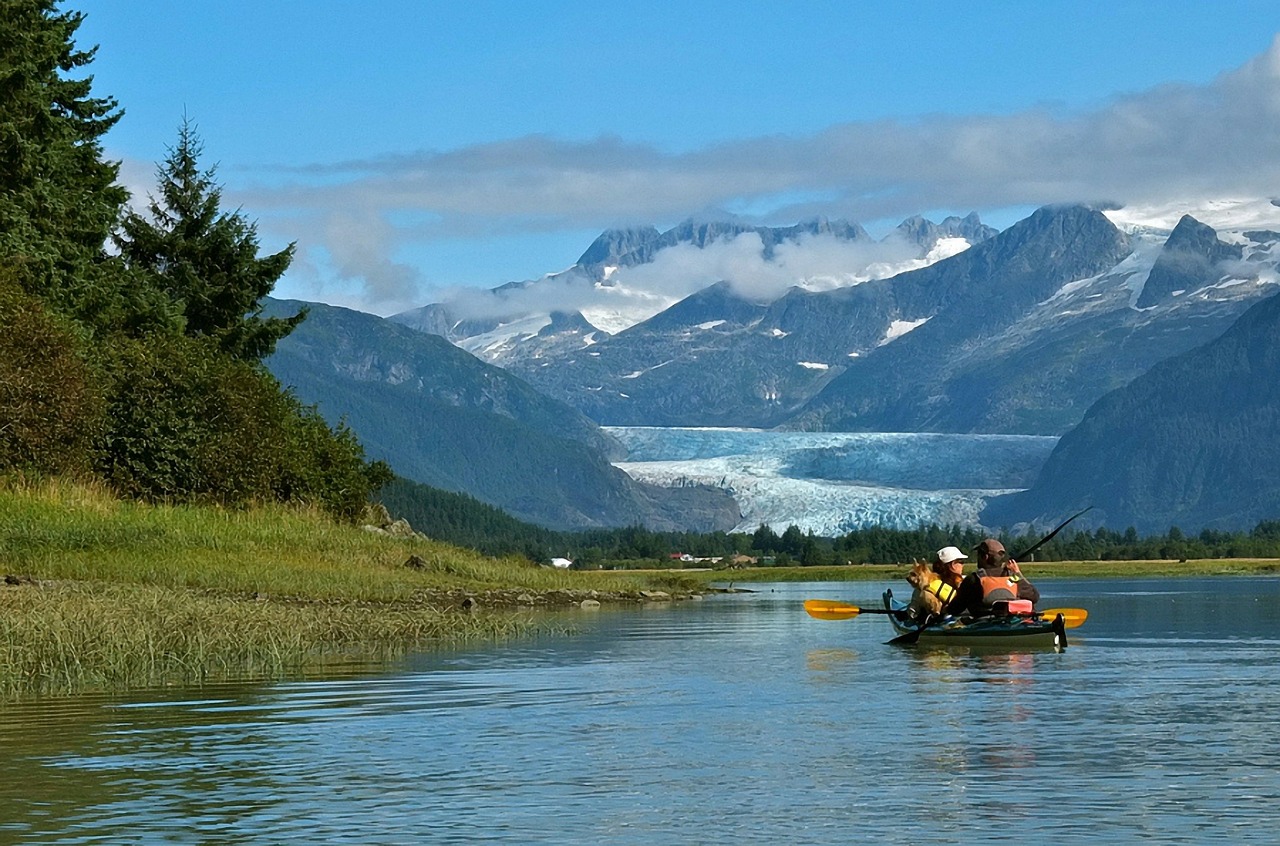
There are so many popular things to do in Alaska, this region is an outdoor enthusiast's paradise, offering a wide range of activities such as hiking, fishing, kayaking, and wildlife viewing.
Research and plan these activities ahead of time to ensure you have the necessary permits and reservations. Guided tours can enhance your experience and ensure safety, particularly in remote areas.
Popular hiking destinations include the trails in Denali National Park, the Harding Icefield Trail in Kenai Fjords National Park, and the scenic routes around Glacier Bay. If you’re interested in fishing, Alaska's rivers and coastal waters are renowned for their salmon, halibut, and trout.
For those interested in marine life, whale-watching tours are a must-do, providing the opportunity to see humpback whales, orcas, and more in their natural habitat.
6. Cultural Respect
Alaska's culture is rich and diverse, with many Indigenous communities contributing to its heritage. Respect local customs and traditions, and seek opportunities to learn about the history and culture of the Alaska Native people. Visiting cultural centers, and museums, and participating in local events can provide a deeper understanding of the region.
Engage with local artisans and explore traditional crafts such as totem pole carving, basket weaving, and beadwork. Supporting Indigenous-owned businesses and respecting sacred sites are important aspects of responsible tourism. By showing cultural sensitivity and appreciation, you can enrich your travel experience and contribute positively to the communities you visit.
7. Health and Safety Precautions
Health and safety should be a priority when traveling to Alaska. Ensure you have travel insurance that covers emergency evacuation, especially if you plan on engaging in adventurous activities like mountaineering or backcountry hiking.
Bring a comprehensive first aid kit and any necessary medications, as medical facilities can be sparse in remote areas. It is really hard to find medical assistance in the remote areas of Alaska. Of course, it is a lot easier to find a good dentist in Anchorage, but leaving the cities and being on your own is a lot more challenging.
Stay informed about potential hazards, such as rapidly changing weather conditions, wildlife encounters, and the risk of natural events like earthquakes. Familiarize yourself with the locations of the nearest medical facilities and emergency services. Taking these precautions can help you respond effectively to any unexpected situations that may arise during your trip.
8. Budgeting and Costs
Traveling in Alaska can be expensive due to its remoteness and the cost of transporting goods. Budget for higher prices on accommodations, food, and activities. Consider booking all-inclusive packages that might offer better value, especially for guided tours and multi-day excursions.
To save money, travel during the shoulder seasons (May to early June and late August to September) when prices are lower, and crowds are smaller. Take advantage of deals and discounts available for early bookings and last-minute offers. Cooking some of your meals and using public transportation where possible can also help reduce costs.
9. Connectivity and Communication
While major towns and cities in Alaska have good connectivity, remote areas might have limited or no cell phone service. Plan accordingly by informing someone about your itinerary and expected return times, especially when venturing into the wilderness. Satellite phones or GPS devices can be useful for staying connected and ensuring your safety.
Download maps and important information before you leave areas with reliable internet access. Having a reliable means of communication is crucial for navigation and emergencies, particularly in the vast and isolated regions of Alaska.
10. Environmental Responsibility
Alaska's pristine environment is one of its greatest assets. Help preserve it by practicing Leave No Trace principles.
Minimize your impact by sticking to established trails, disposing of waste properly, and being mindful of your carbon footprint. Support local conservation efforts and choose eco-friendly tours and accommodations.
Participate in eco-friendly activities such as wildlife watching with responsible operators who prioritize animal welfare and environmental sustainability. By making environmentally conscious choices, you can help ensure that Alaska's natural beauty remains unspoiled for future generations.
Final Thoughts
Traveling to Alaska offers a unique and enriching experience filled with natural beauty and adventure. By preparing adequately and respecting the local environment and culture, you can ensure a memorable and safe trip. Keep these ten tips in mind as you plan your Alaskan adventure, and you're sure to have an unforgettable journey.

